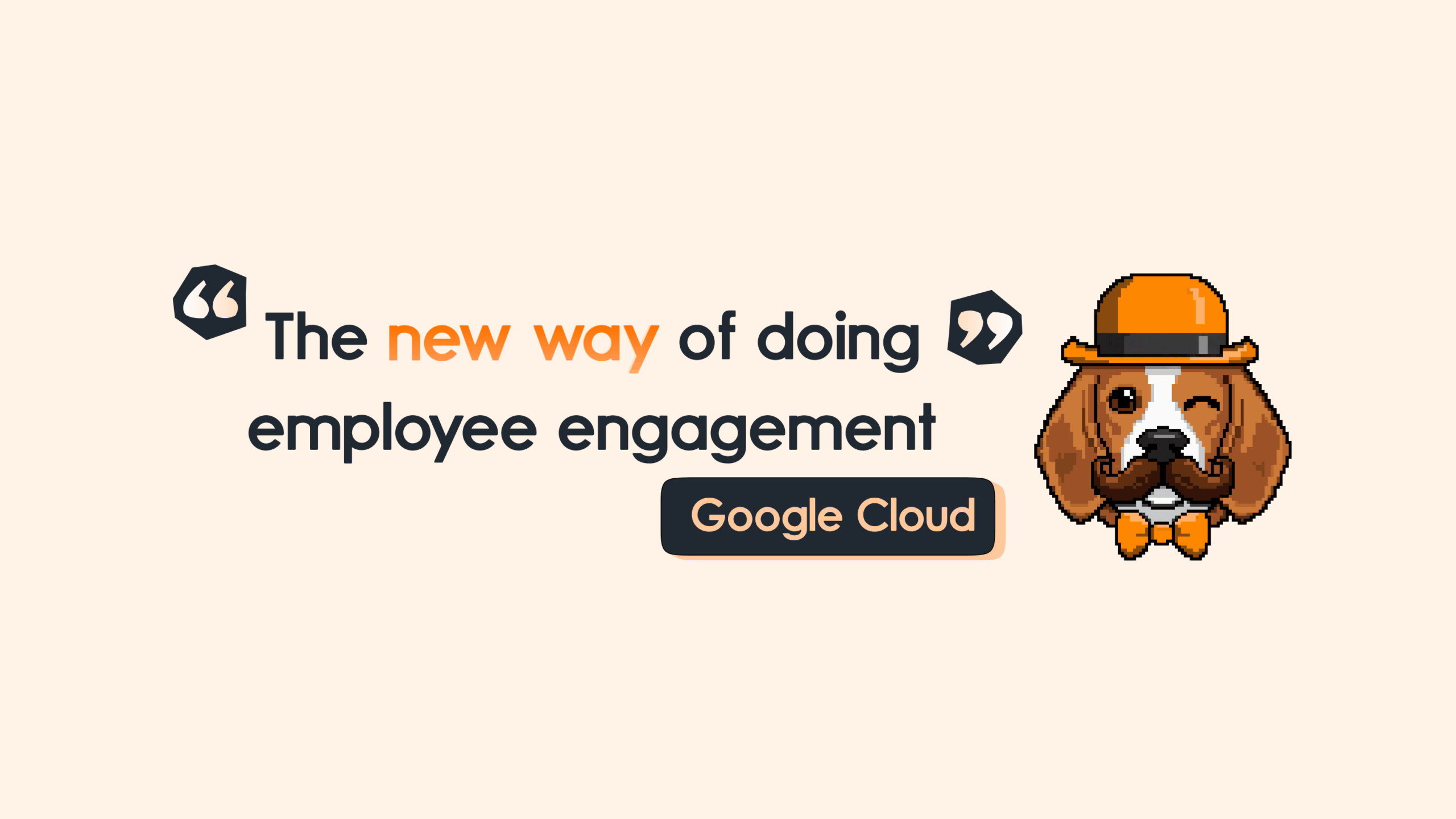What is absenteeism?
Absenteeism is when an employee doesn’t come to work – and isn’t on holiday. Absenteeism is a massive problem for businesses – costing roughly $3,600/£2,985 per year for each hourly worker and $2,660/£2206 each year for salaried employees.
Whilst being ill and taking time off is a normal part of being human, there are times when employees need to take sick days because of problems from inside the business. There are also cases where, even though the business isn’t responsible, employers can still help reduce absenteeism.
In this article, we’ll go over the different reasons for absenteeism, and how companies can help reduce these causes and keep employees happy, healthy and engaged.
Absenteeism caused by Illness
Illness, injury & medical appointments are the most common reasons why people take time off work – or at least the most common reasons they give.
Now, illness is a real issue, and not always something that can be helped by an individual or their business.
However, stress – both physical and mental – at work can leave employees with new or worsened health conditions that force them to take more days off. For instance…
Mental Health
An estimated 17 million working days were lost due to work-related stress, depression, or anxiety in 2021/22. This is over half of all working days lost due to work-related ill health.
Another stat states that depression is the leading cause of absenteeism in the US!
And still, despite how common these issues are, people are still worried that mental health difficulties aren’t as valid as physical illness. You can see this in the questions about sick days commonly asked on Google:
Is it okay to take a day off for mental health?
Can you take a sick day for mental health?
Do mental health days count as sick days?
This stigma keeps many employees from stating the real reason for their day off, usually covering with a story about an injury or a cold, which can make it harder for companies to help with the real issue.
What you can do:
- Check in on your team member – Talk to them about what’s going on, see if you can identify any stressors at work that make things harder, ask about how you can best support them during a flare-up.
- Encourage social connections – Help team members connect better with each other to boost positivity in the workplace by holding social events, making over the communal areas or doing some team-building.
Absenteeism caused by Disengagement
Lack of motivation
Employees can get demotivated by many things, such as:
- Lack of challenge
- Issues with management
- Feeling undervalued
These things slowly stop people from seeing the point in their work.
What you can do:
When demotivated employees return to work, companies have a window of opportunity to boost morale and get people re-engaged after their period of rest.
A fair warning – employees who have reached this point may need a pretty big intervention to get them motivated again; but don’t be discouraged, this can be done in a series of simple steps – take a look at our top 10 strategies proven to boost morale.
Job Hunting
Looking for a new job takes up so much time, it’s basically a full-time job itself! [Queue laugh track]
So if you’ve got disengaged employees who are on the prowl for a new gig, they’re likely going to take some time off to rewrite their CV, make applications, and go to regular ‘doctors appointments’ and ‘follow-up doctors appointments’.
Right now, job hunting levels are reaching new highs with 96% of workers in 2023 looking for a new job. So how do you avoid this?
What you can do:
- Understand the reason – Get to the bottom of why people are leaving. (The top reasons employees are job-hunting today are: to find a higher salary to keep up with rising inflation, to find opportunities for growth, or to escape a toxic workplace. Whilst these are the big issues, turnover at every company is made up of a set of unique and complex issues.)
- Look for solutions – Ask your employees what they value in a workplace, think about the company values, and see what practical steps you can make to push out new or better initiatives that line up with these qualities. E.g. if promoting family life is important to your business, think about introducing more flexible work or an updated shared parental leave policy, and remember: employees were attracted to your brand in the first place for a reason. Keep honing in on that reason.
Absenteeism caused by External Factors
Caring for others
Many employees find themselves needing to take time off to care for their children, sick loved ones, or elderly relatives when their usual plans fall through. Even though these scenarios are beyond the control of the company, there are still ways for organisations to help.
What you can do:
- Offer flexible & hybrid work
- Develop & communicate a carer policy/framework
- Communicate regularly & foster a culture of openness









